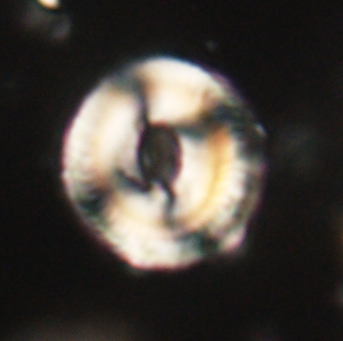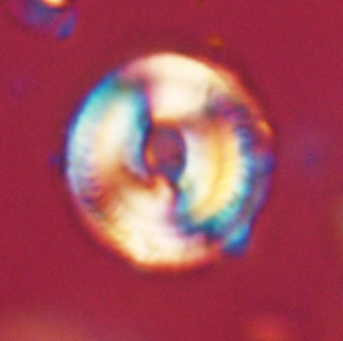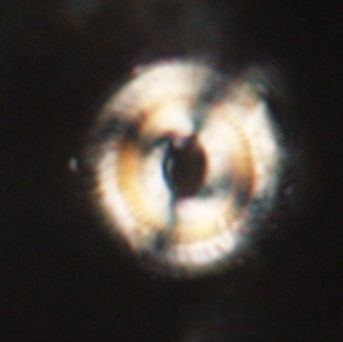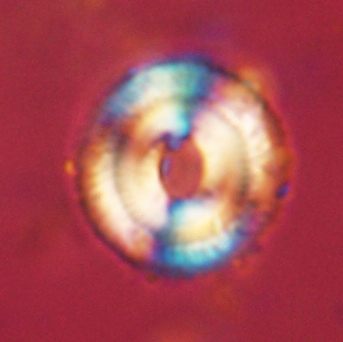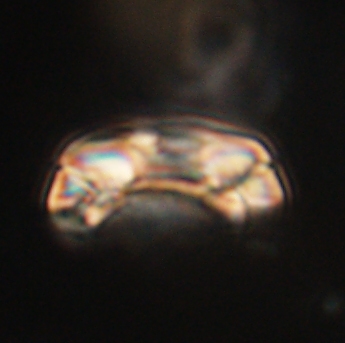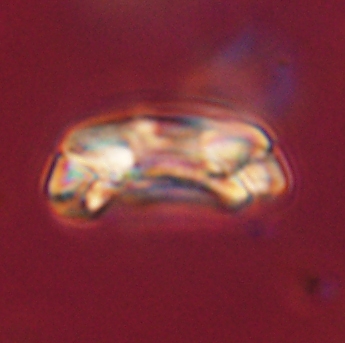Denisea salleyi
Set number: 516
-
1
-
2
-
3
-
4
-
5
-
6
-
7
-
8
-
9
-
10
-
11
-
12
10µm
Denisea salleyi Varol, 2022
Large sub-circular species of Denisea have a narrow, elliptical, empty central area.
In honour of Baptiste Salley, Geoscience Manager, Total Energies, Qatar.
Length: 10.08 μm; width: 9.63 μm; the length of the central area: 2.73 μm; the width of the central area: 1.88 μm; thickness: 3.94 μm.
Inclination angles of holotype: Distal shield: 62.3°; proximal shield: 62.3°; sutures between the shields: 60.2°; suture between the tube cycle and the shields: 32.8°.
The large (9.0–12.0 μm) sub-circular species of Denisea consist of two shields and a birefringent tube cycle surrounding a narrow elliptical empty central area. The width of the central area is less than the width of the pelaga. About an equal-width tube cycle, and the shields can be separated in cross-polarised light with the gypsum plate inserted.
Denisea salleyi differs from other large species, Denisea turkmenii, in that it is sub-circular rather than elliptical and has a narrow, oval central area (narrower than the pelaga). In Denisea turkmenii, the width of the central area is markedly greater than the width of the narrow pelaga. The remaining large (> 9.0 μm) species, namely Denisea constricta, Denisea magna and Denisea polymegalo, are circular.
Varol, O. 2022. Denisea, a new genus of Paleocene calcareous nannofossils. Neues Jahrbuch für Geologie und Paläontologie, Abhandlungen, 304/2 (2022): 159-186.
